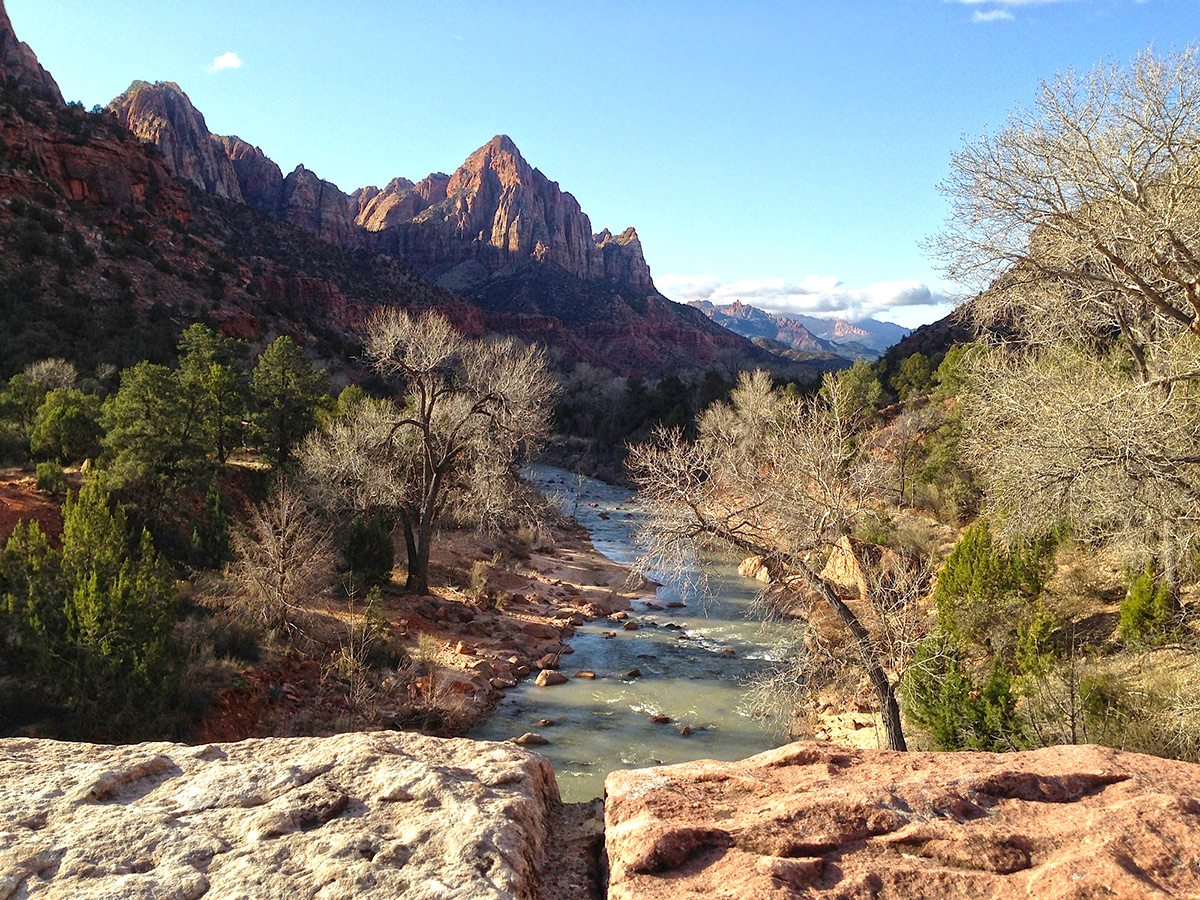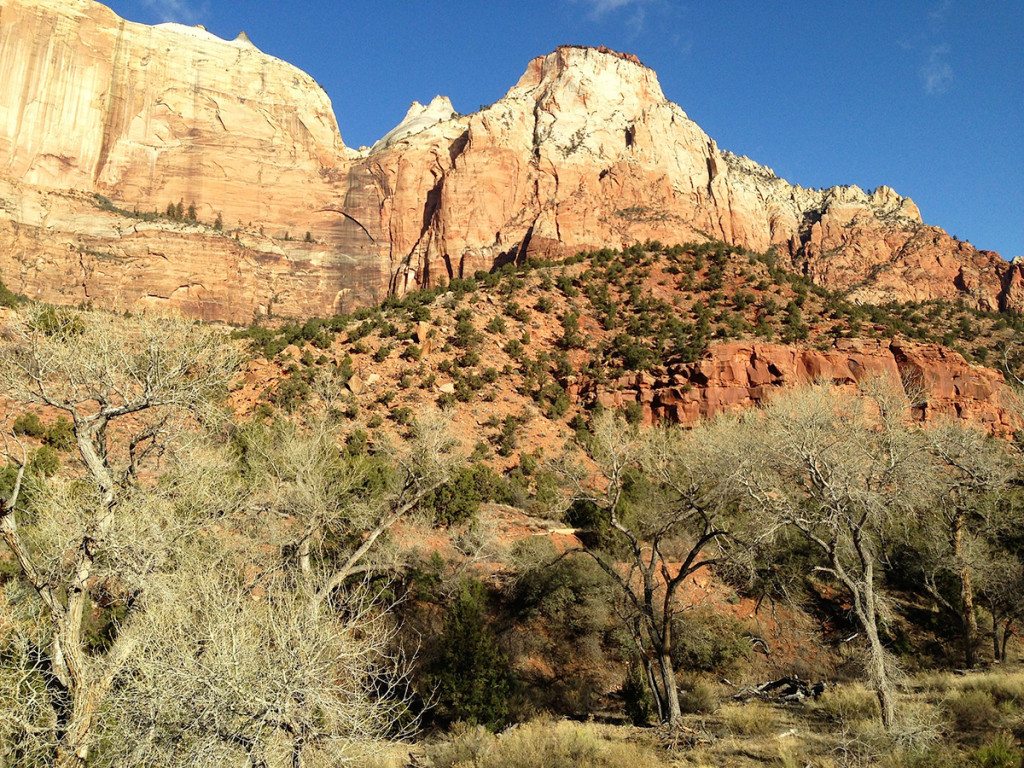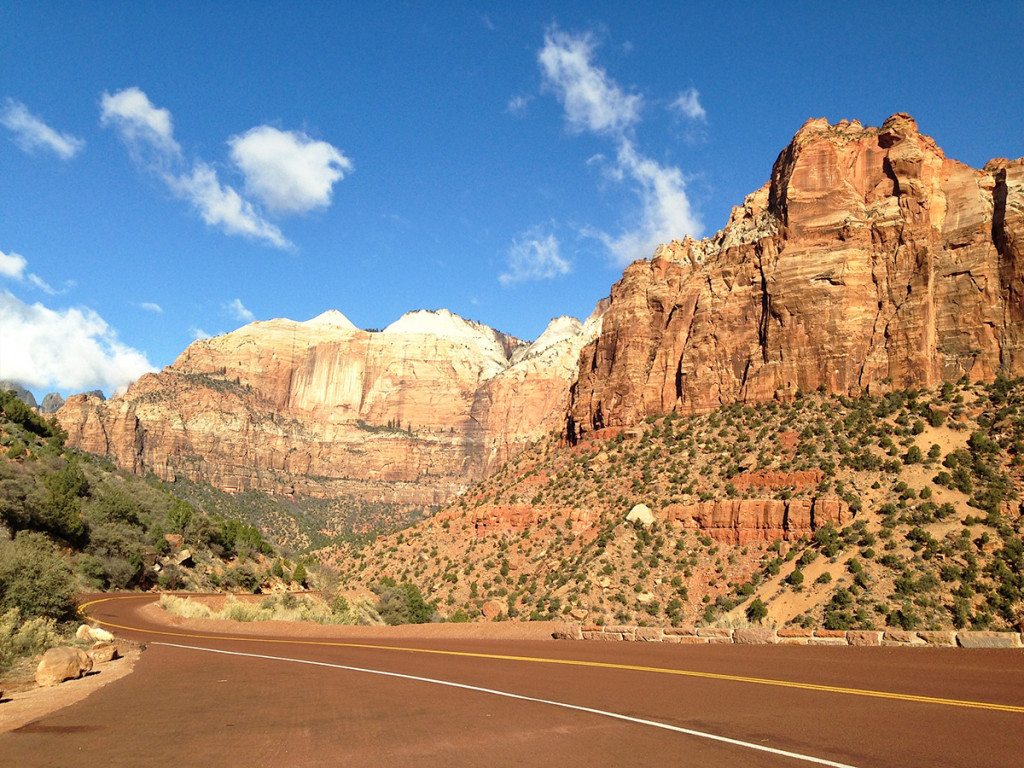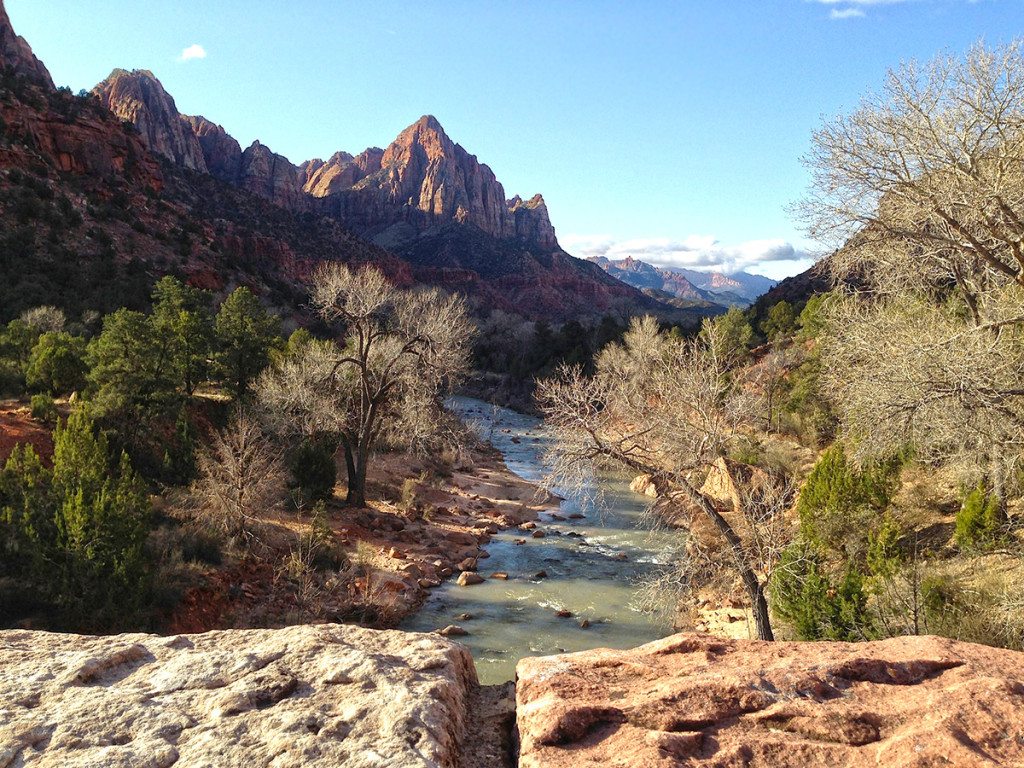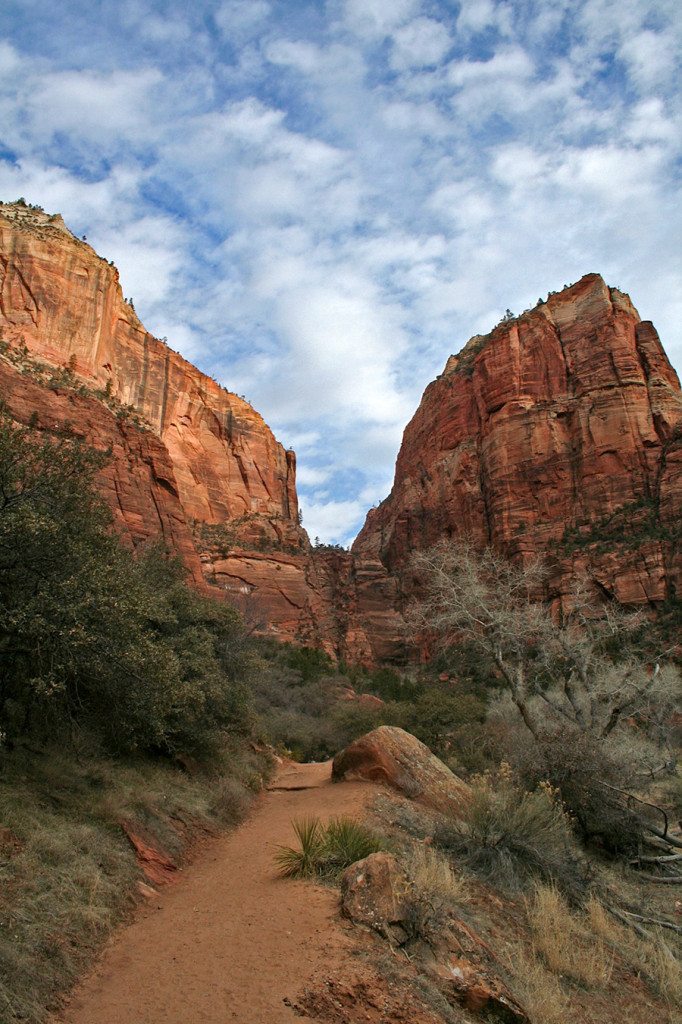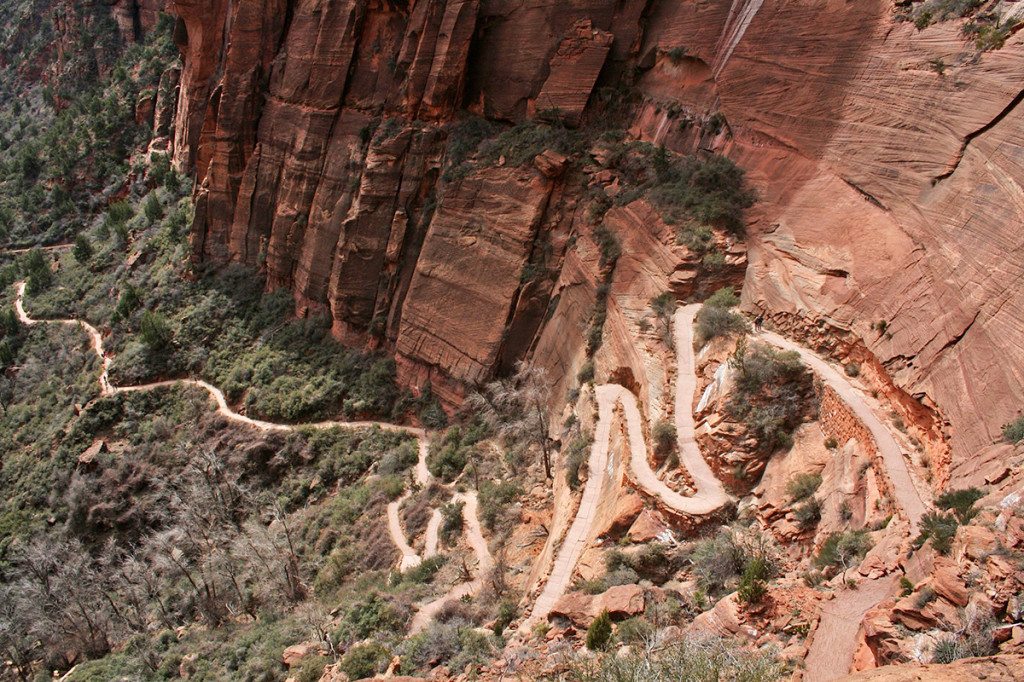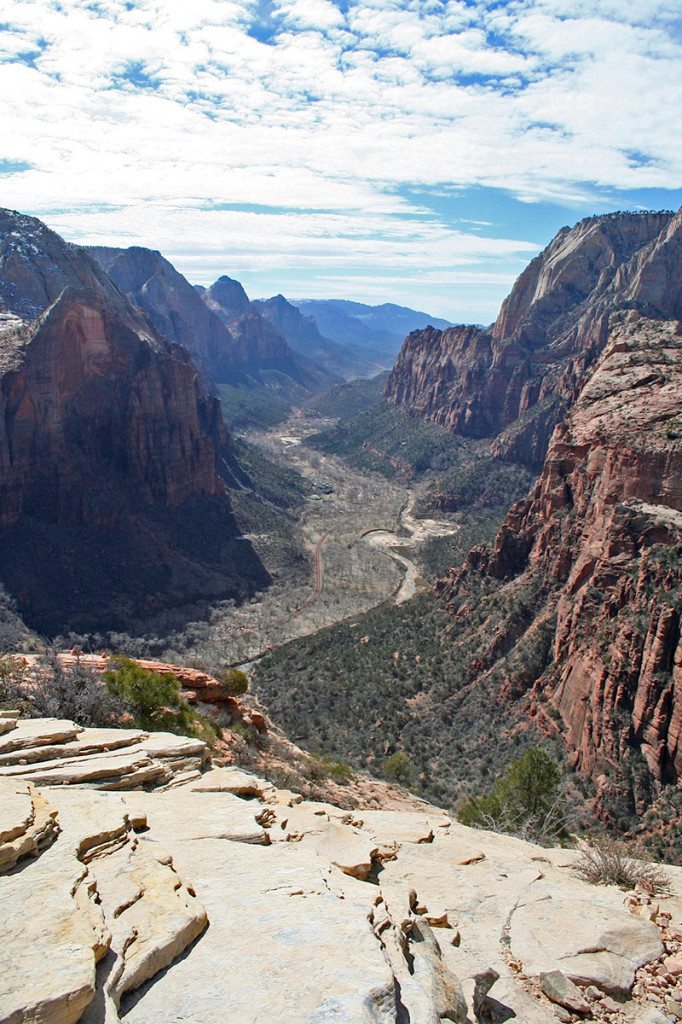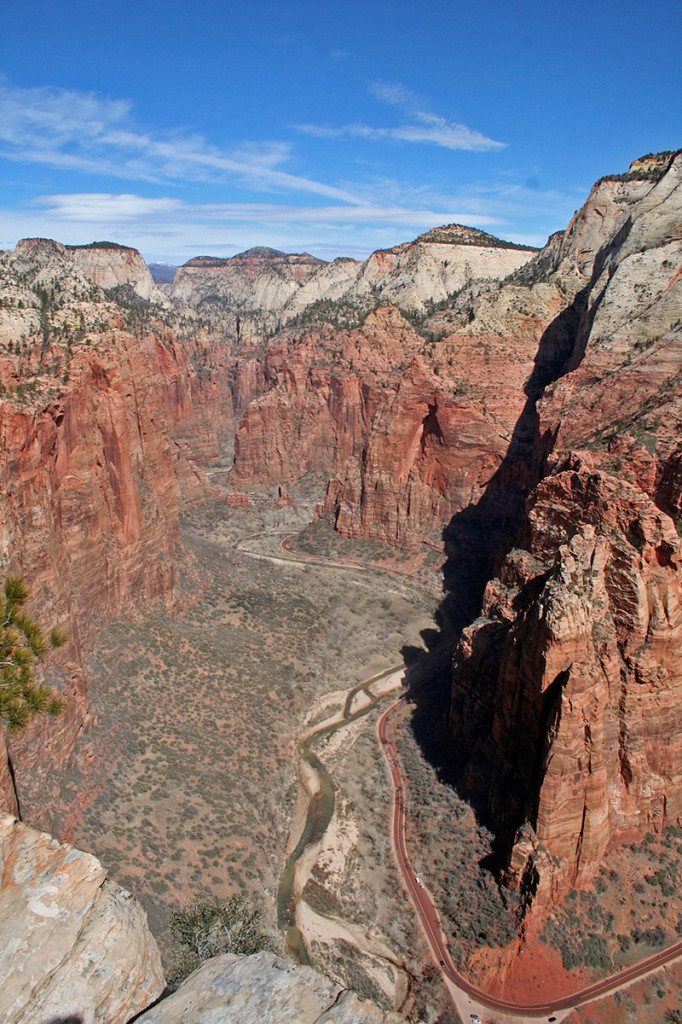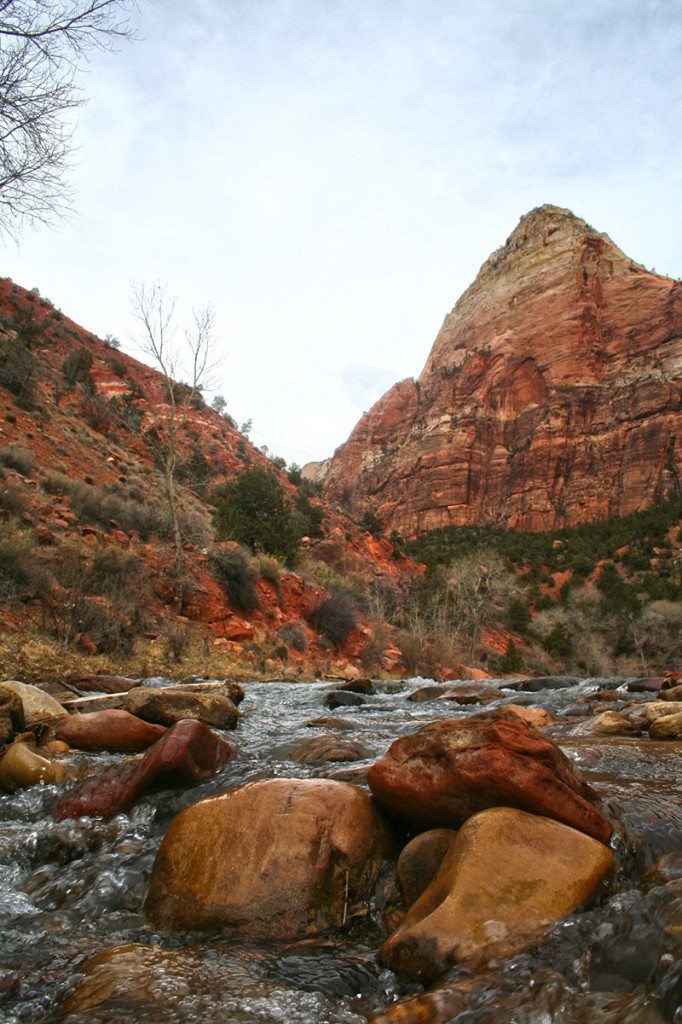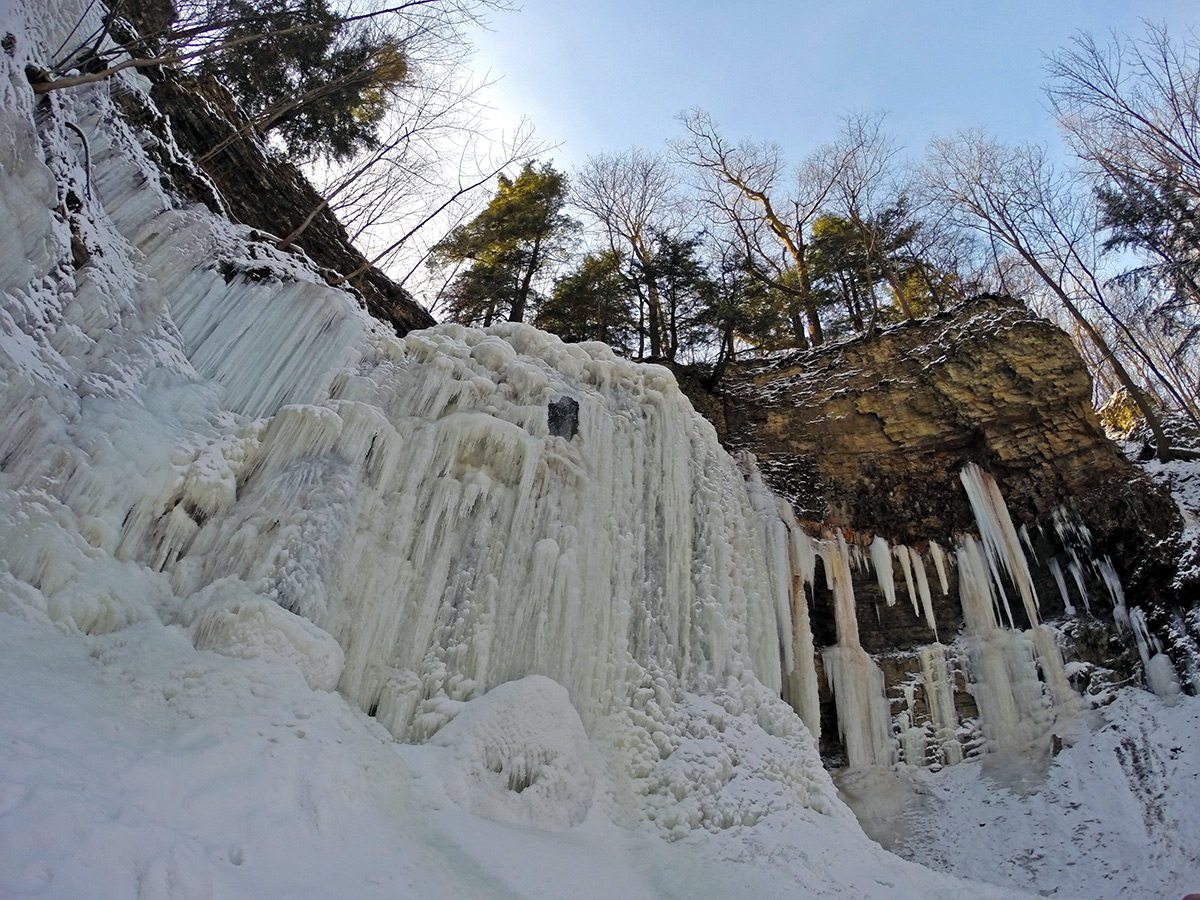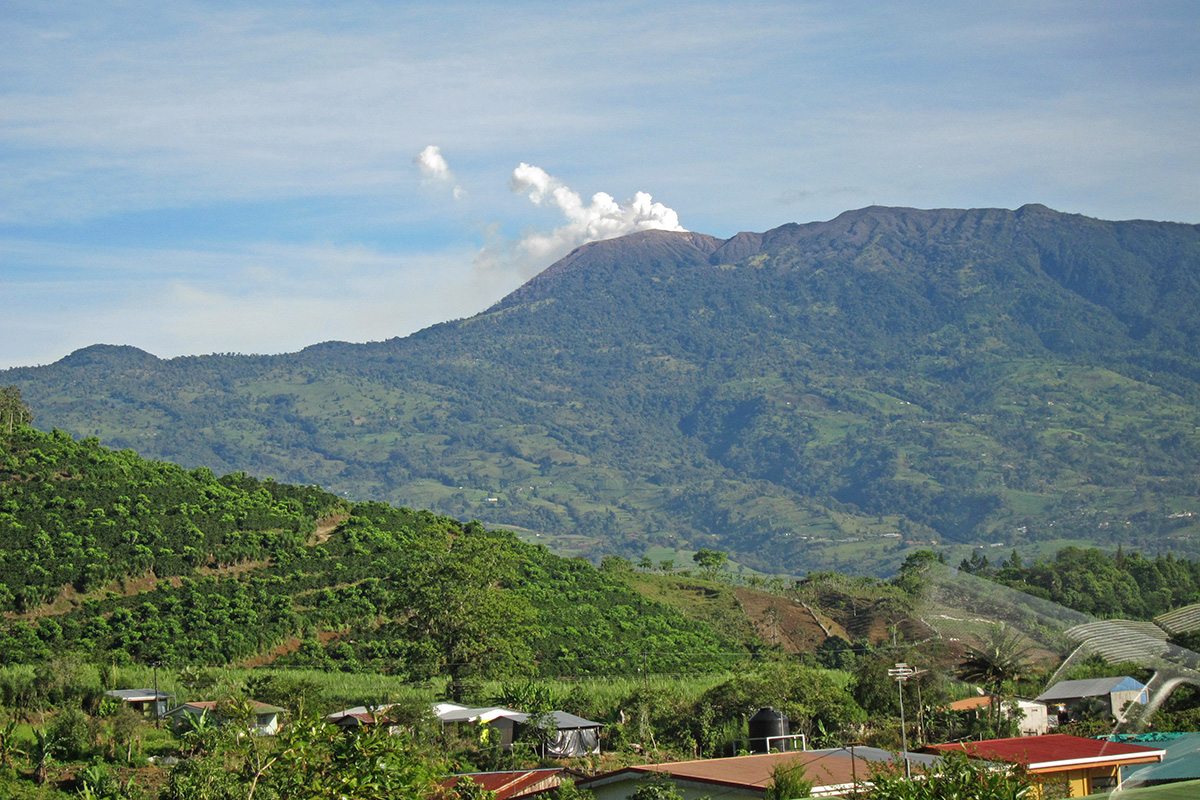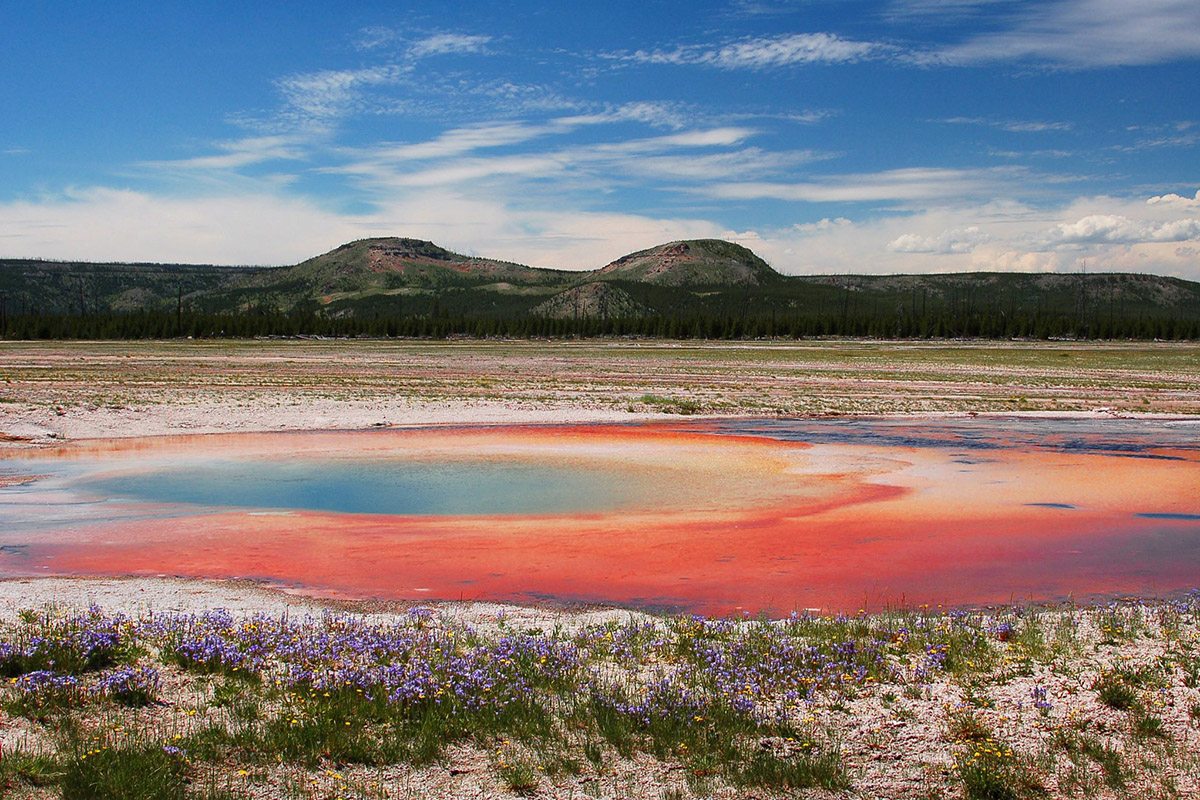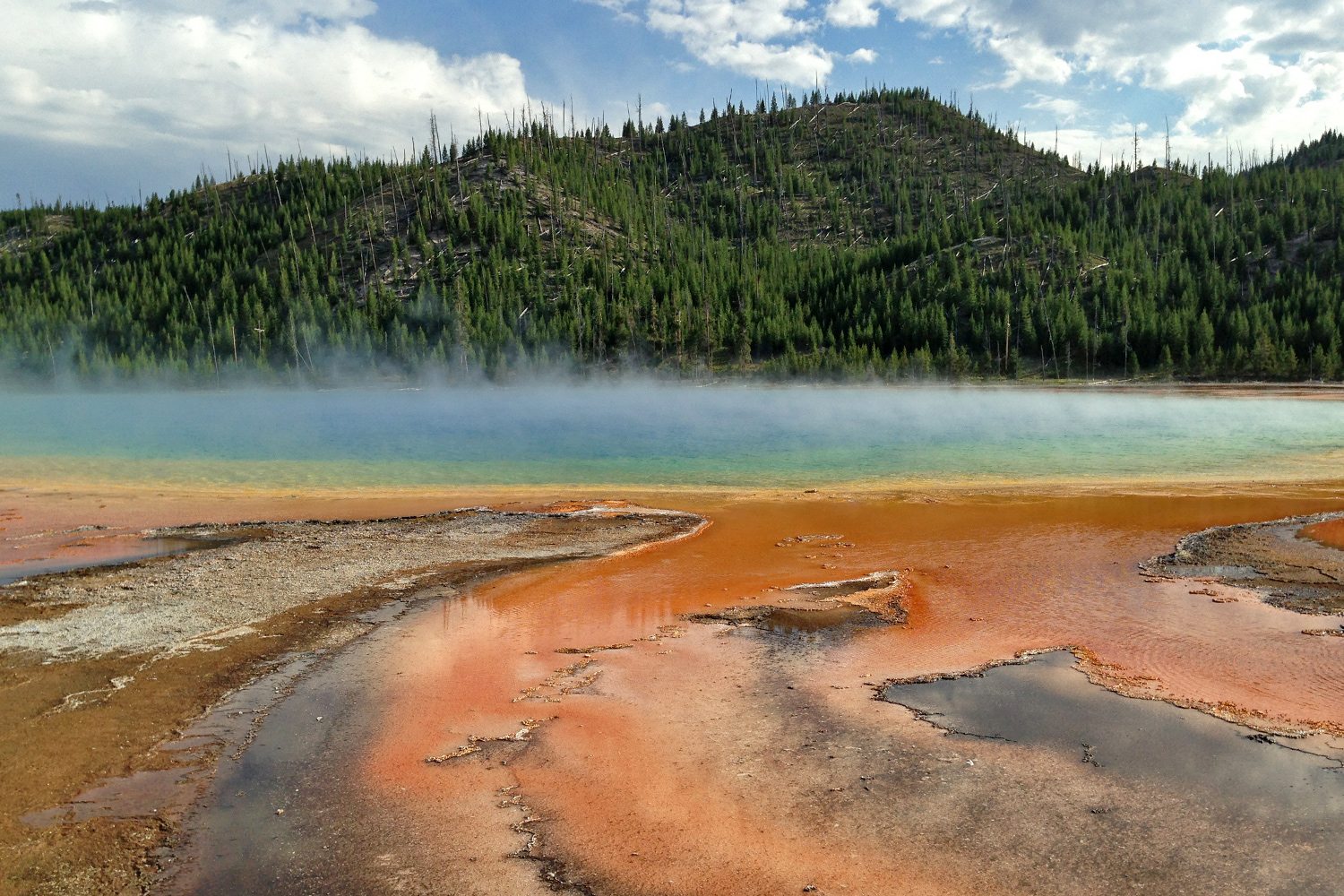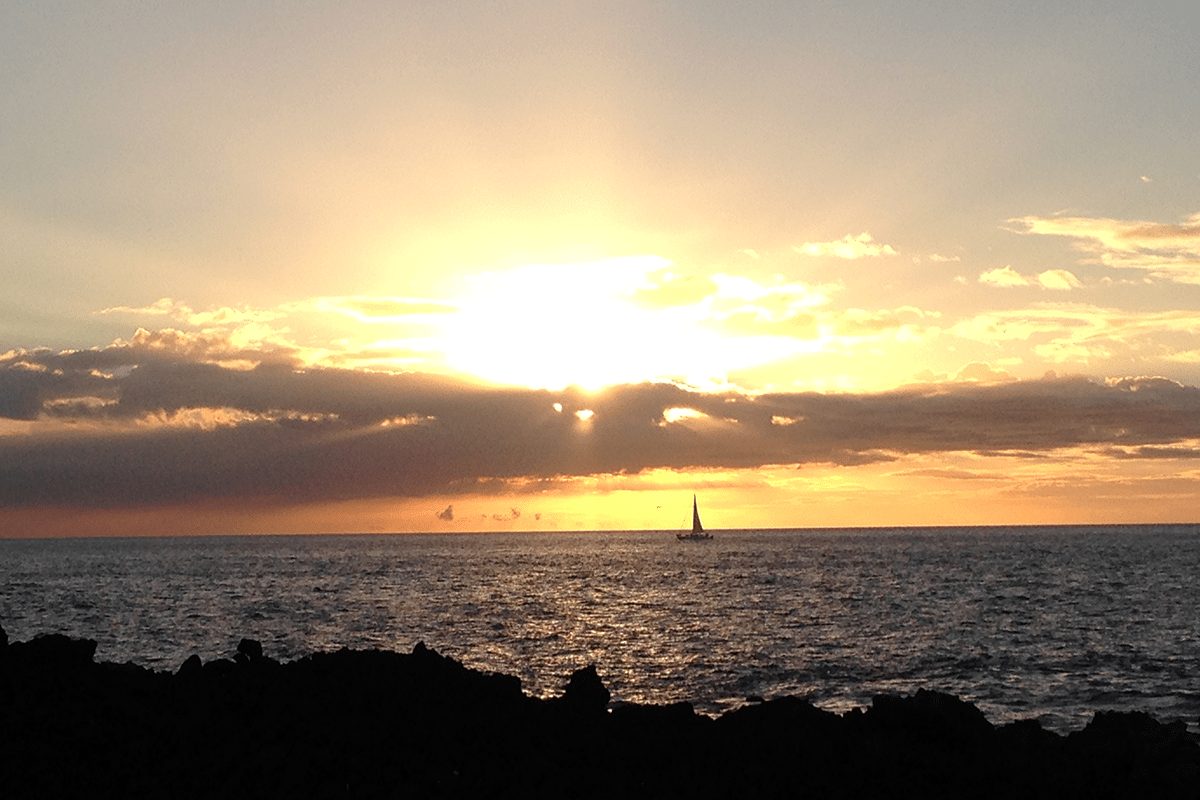Zion National Park is Utah’s oldest national park, was recognized as a national park by the congress in 1919 and is located near Springdale, Utah. The park offers varied natural beauty with one of its prominent features being the Zion Canyon, which is 15 miles (24 km) long and up to half a mile (800 m) deep. The lowest elevation of the park is 3,666 feet (1,117 m) and the highest elevation is 8,726 feet (2,660 m) at Horse Ranch Mountain. Located at the junction of the Colorado Plateau, Great Basin, and Mojave Desert regions, the park’s unique geography and variety of life zones allow for unusual plant and animal diversity. Numerous plant species as well as 289 species of birds, 75 mammals (including 19 species of bat), and 32 reptiles inhabit the park’s four life zones: desert, riparian, woodland, and coniferous forest. Zion National Park includes mountains, canyons, buttes, mesas, monoliths, rivers, slot canyons, and natural arches.
Because of its elevation, it would be a good idea to look up the local weather before you set out on your trip since the area does get snow during the winter months making it more difficult to access. There is never a bad time to see the park, because there are many different features to explore, though some are better experienced during the summer months. One of the most memorable experiences of our trip was a hike up on top of Angel’s Landing.
It is a hike that will take a few hours but it is absolutely worth it, though a little dangerous. Make sure that you bring a lot of water; as it can get very hot on the top of the mountain with no shade available to hide away from the heat of the sun. The views are breathtaking and the feeling of accomplishment runs high when you successfully reach the top and realize what you had to conquer on your journey. There are some spots where you have to hold on to chains to climb but overall it is possible to hike even for those who are not avid hikers.
The other part of the park that is fascinating is a trip through the narrows. This can only be done during the summer months as you have to wade through the river (in a dry suit) for a few hours and can only be done as a guided trip when there is no chance of rain, because any precipitation could bring the risk of a flash flood; which can turn deadly in this canyon. We did not have a chance to experience this, however we spoke with a few people who were just returning from this daylong trip who said it was breathtaking. Because of the narrow nature of the canyon (only bout 30 feet in the most narrow spots) when the sun shines into it and the rays reflect off of the water and the rocks, it creates a stunning array of colors that cannot be seen anywhere else.

